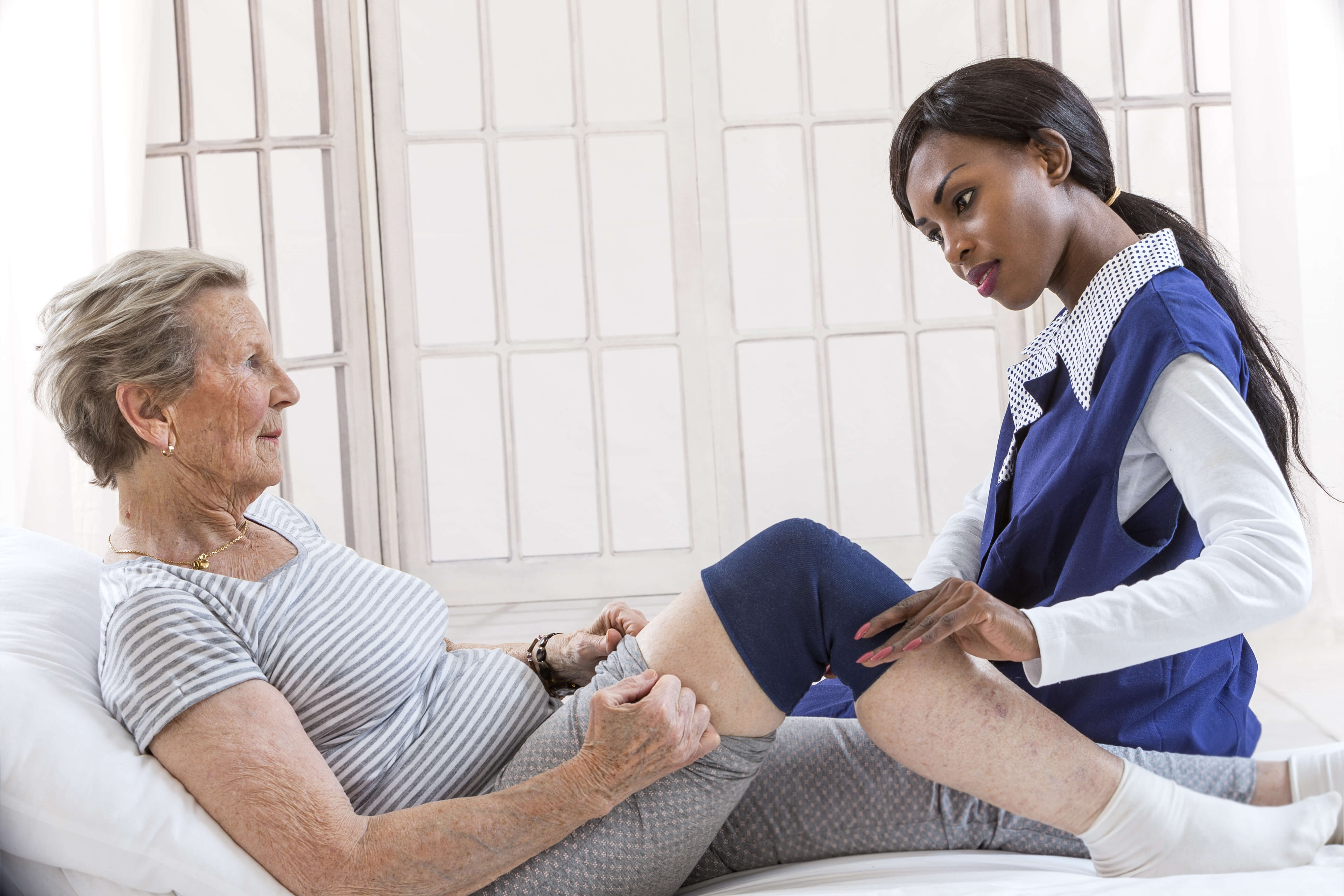People visit physical therapists for assistance with all kinds of physically debilitating conditions, like injuries or arthritis. One condition that is not at the top of many people’s’ concerns is lymphedema — until you have it.
Lymphedema is a type of swelling that can affect your arms or legs. This swelling is caused by the buildup of lymphatic fluid due to a clog to the lymphatic system. Clogged lymphatic conditions are usually caused by:
- The surgical removal of lymph nodes due to cancer or another life-threatening condition
- Genetically inherited defects
- Radiation
- Traumatic injury
No matter the cause, if you suffer from the symptoms of lymphedema, you’re probably looking for treatment.
Symptoms of lymphedema
If you have any of the following symptoms, you should visit a medical professional for diagnosis and treatment recommendation:
- Swelling in a large area of one of your arms or legs
- Loss of motion in the swollen limb
- Achy and dull pain and discomfort in the swollen limb
- Sensation of heaviness in the swollen limb
- Hardened skin and increased infections
Treating lymphedema is focused on reducing the swelling and helping manage pain. Physical therapists can help achieve both of these goals.
How physical therapy helps treat lymphedema
When you notice the symptoms of lymphedema, you should visit your healthcare provider right away. Treating lymphedema in its early stages is easier than treating it after it’s been allowed to advance.
Many physical therapy treatments for lymphedema include:
- Hands-on therapy — Physical therapists know the massaging techniques that help guide lymphatic fluid out of the swollen area back through the rest of your body.
- Exercise — Exercising can help improve your ability to drain fluid and will increase strength and mobility that you may have lost as a result of the condition.
- Compression — Compression sleeves and wraps can help put pressure on the swelling that encourages the fluid to move on to other parts of your body.
Are you suffering from pain and loss of mobility caused by lymphedema? Would you like to speak with a physical therapist at Peak Performance Physical Therapy about treatment? Contact us today to schedule an appointment and discover how we can help improve your quality of life.







